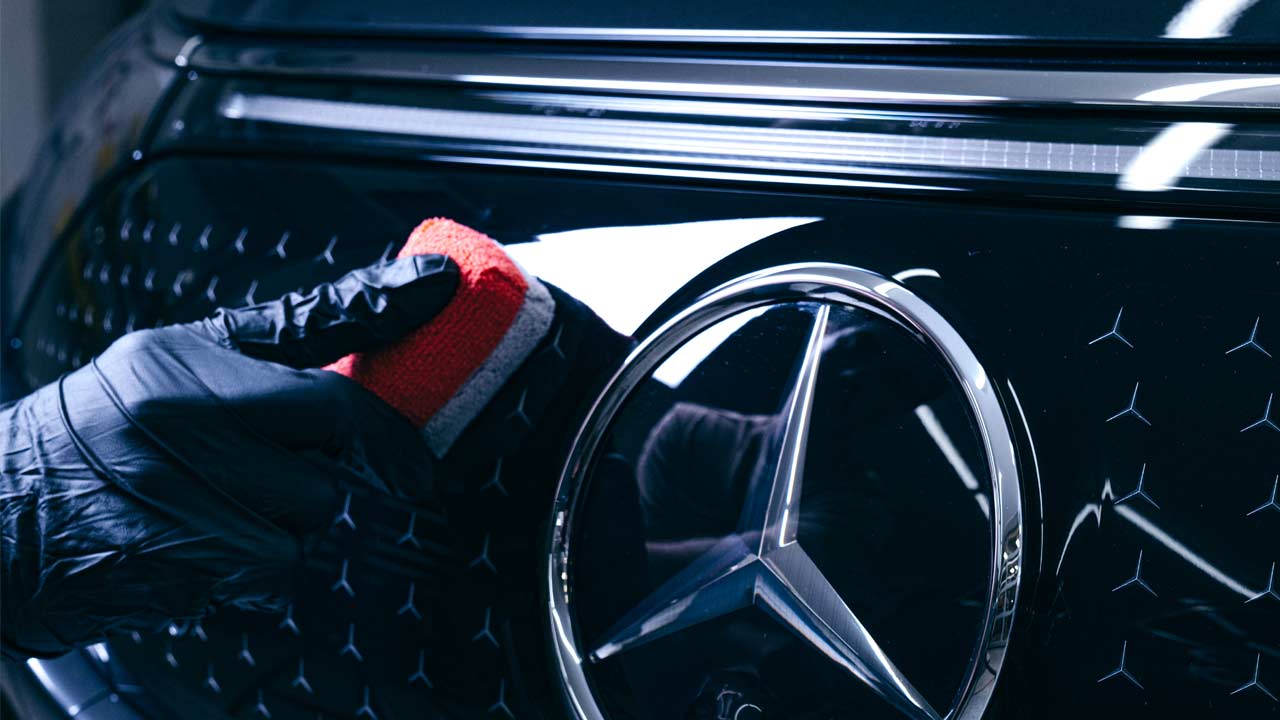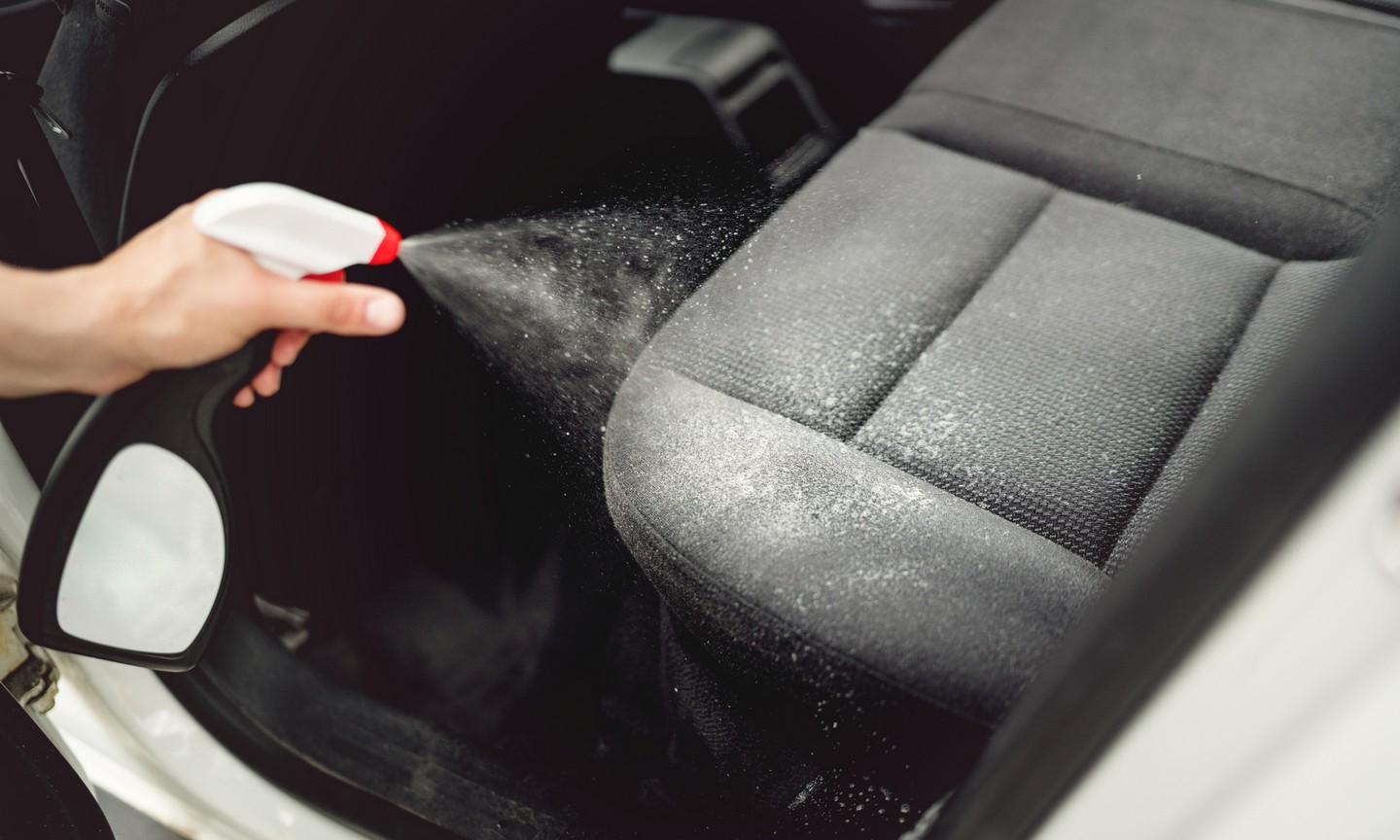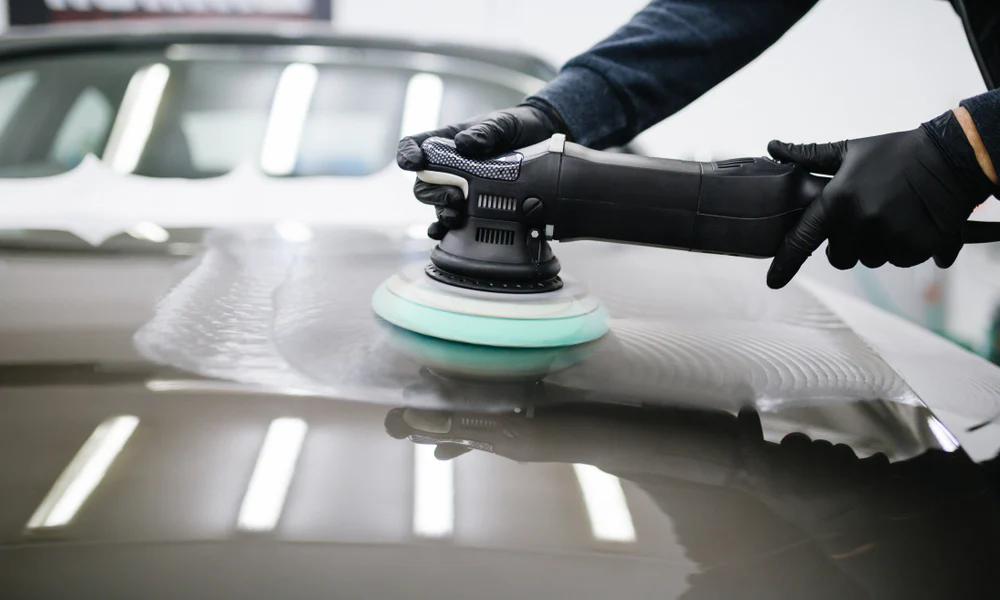
Keeping Your Car's Seats Stain-Free
Maintaining the pristine condition of your car’s interior is just as crucial as keeping its exterior shiny and scratch-free. The upholstery in particular, whether it’s luxurious leather or cozy fabric, is vulnerable to spills, stains, and wear over time. However, with some preventive measures and regular maintenance, you can ensure that the seats stay as good as new. Here’s how to protect your car’s upholstery from stains, preserving its beauty and comfort for the long haul.
Seat Covers and Mats
Investing in high-quality seat covers and floor mats is the first line of defense against spills and stains. For families with young children or pets, waterproof or water-resistant covers are invaluable. They not only prevent liquids from seeping through but are also easy to remove and wash. Similarly, all-weather floor mats trap dirt, mud, and moisture, protecting the carpet underneath.
Regular Cleaning Routine
Regular cleaning is crucial to maintaining your upholstery. For fabric seats, vacuuming every couple of weeks helps remove dust and prevent dirt from embedding into the fibers. In the case of spills, blotting them up immediately with a clean towel or cloth can prevent the stain from setting. Leather upholstery, while more resistant to stains, requires special care. Wipe seats with a microfiber cloth and use a leather conditioner every few months to keep the material supple and less prone to cracking.
Utilize Appropriate Cleaning Solutions
When spills do occur, it’s essential to use the right cleaning solution for your type of upholstery. For fabric seats, a mixture of water and mild soap usually does the trick. There are also specific upholstery cleaners available that are designed to lift stains without damaging the fabric. Leather requires a gentle, pH-balanced cleaner to avoid degrading the material. Always test any cleaner on a small, inconspicuous area first to ensure it doesn’t cause damage.
Protect Against the Sun
The sun’s UV rays can not only fade your upholstery over time but can also weaken it, making it more susceptible to damage and staining. Using a windshield sunshade when parked in direct sunlight can help protect your interior. Window tints are another effective solution, blocking a significant portion of UV rays from entering your vehicle.
Avoid Sharp Objects and Heavy Items
Sharp objects like keys or tools and heavy items with rough bases can create tears or wear down the upholstery over time. Be mindful of what you put on your seats and consider placing heavy items in the trunk or using protective mats or towels under them when they must be placed on seating.
Apply Fabric Protector or Leather Conditioner Regularly
For fabric seats, applying a fabric protector can create a barrier that repels stains and makes it easier to clean up spills. These products usually need to be reapplied every few months, but they can significantly extend the life and appearance of your upholstery. Leather seats benefit from regular conditioning to prevent drying and cracking, which can also predispose the seats to staining.
Professional Detailing
While regular at-home maintenance goes a long way, occasional professional detailing can help address any spots you might have missed and apply protective treatments more effectively. Professionals have access to high-grade cleaners and protectors that may offer superior protection against stains and wear.
Conclusion
Protecting your car’s upholstery requires a combination of preventive measures, regular maintenance, and prompt action in the event of spills. By investing in protective gear, implementing rules against food and drink, performing routine cleaning, and utilizing the right products, keeping your car’s interior stain-free is an achievable goal.
Not only does this effort maintain the aesthetic appeal of your vehicle, but it also helps retain its value over time. Remember, taking care of your car’s interior is not just about dealing with spills and stains as they happen; it’s about creating a comprehensive care routine that prevents damage before it occurs.






